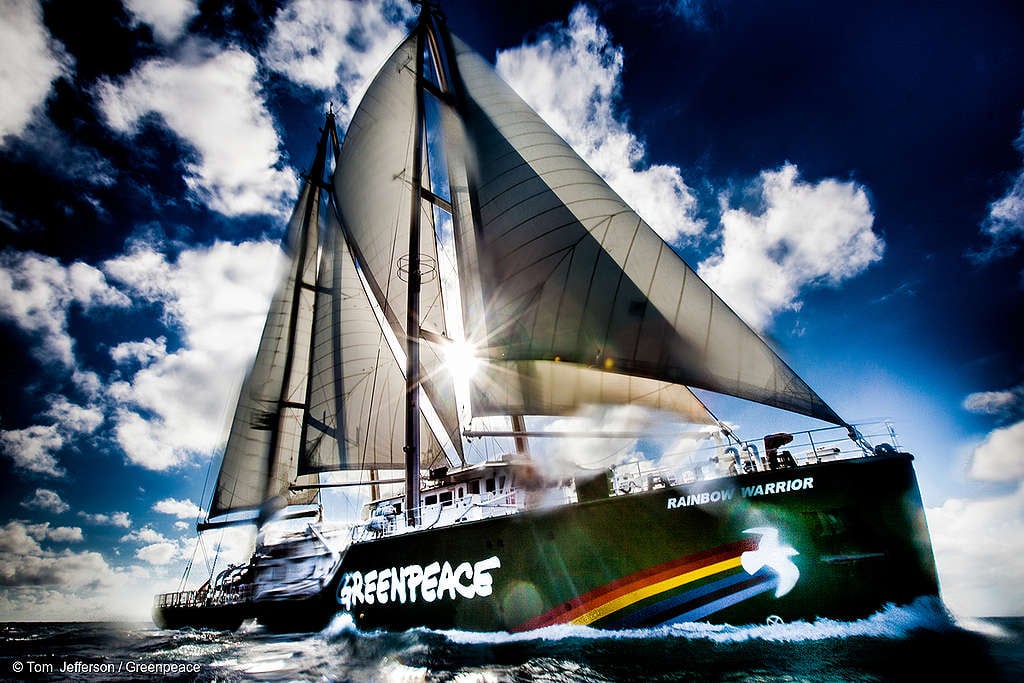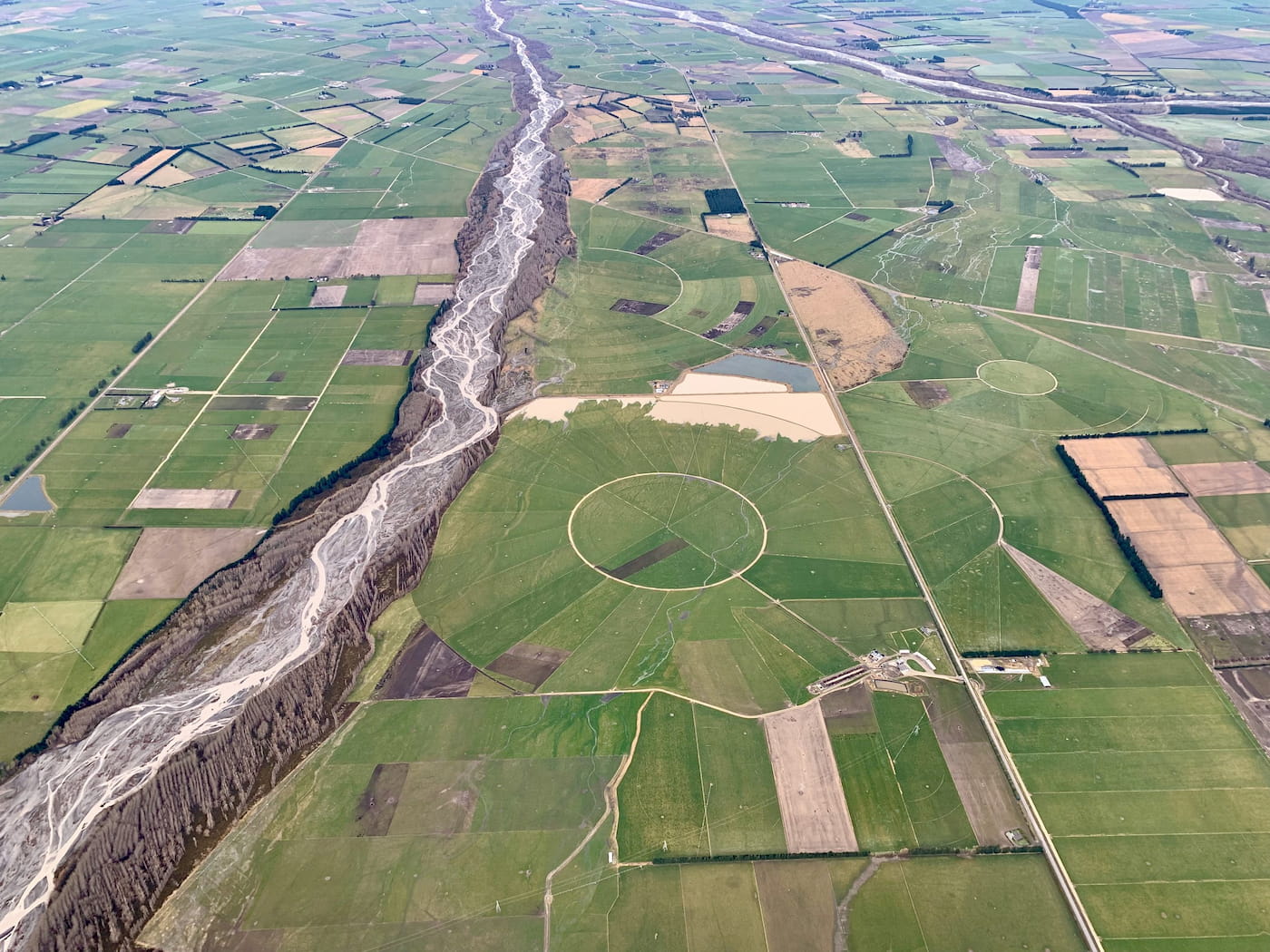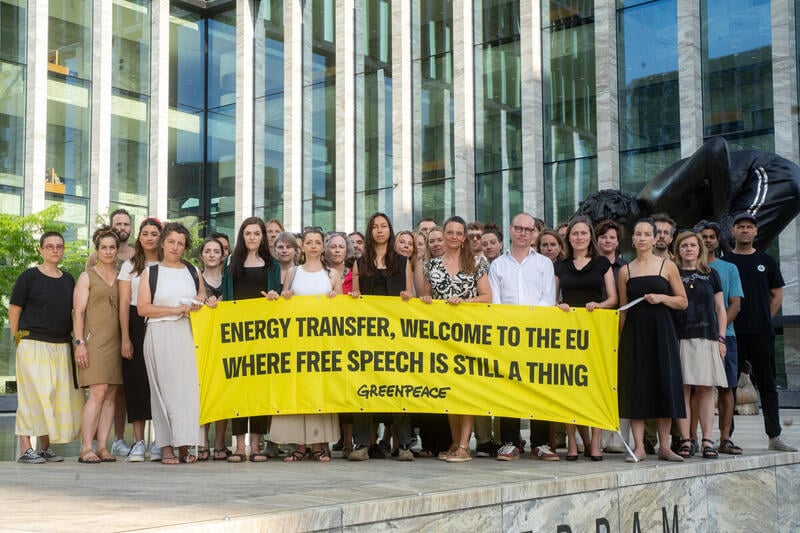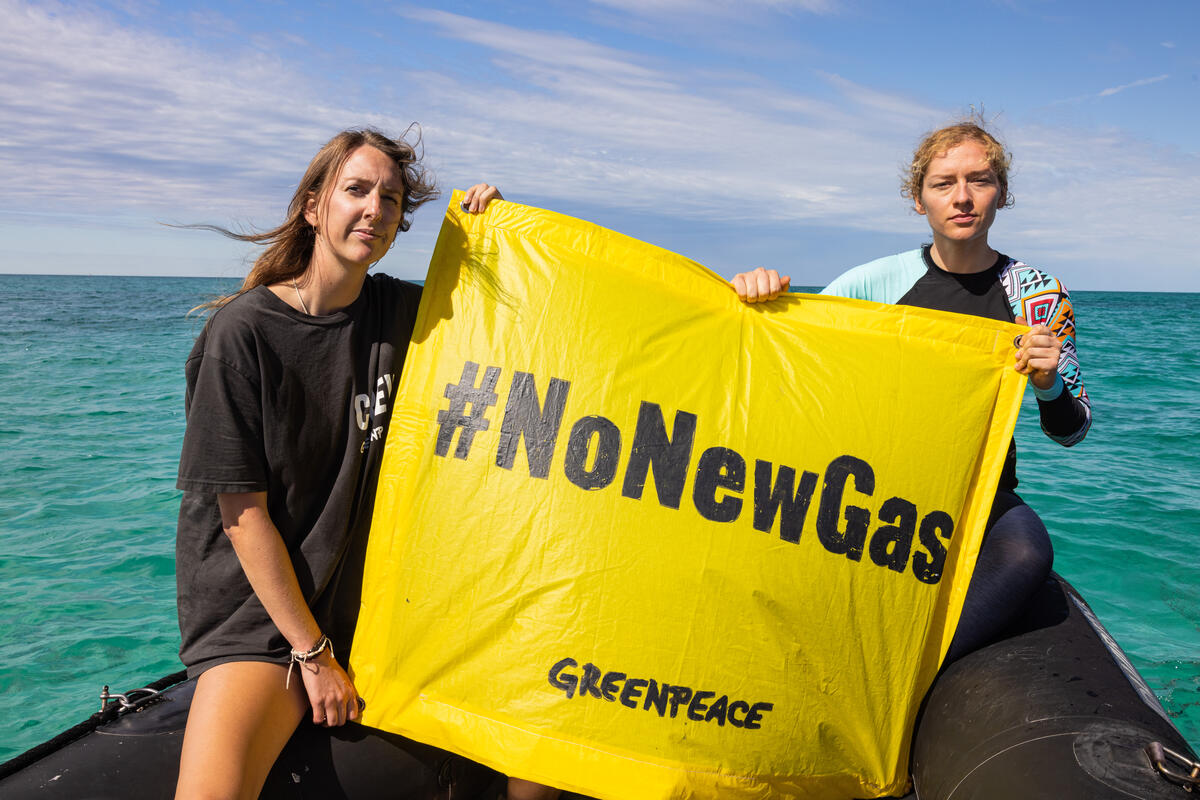This is a submission by Greenpeace Aotearoa Incorporated (“Greenpeace”) on the publicly notified application by Global Contracting Solutions Limited (the “Applicant”) to establish and operate a waste-to-energy incineration power station (the “Proposal” or the “Application”) at 401 Racecourse Road, Te Awamutu (the “Application Site”).
The Applicant has lodged resource consent applications to both the Waipa District Council and the Waikato Regional Council.
The Applicant is seeking land use consent from Waipa District Council (LU/0323/21) to build and operate a waste incinerator to generate electricity by burning various types of solid wastes, including hazardous materials, using diesel as the feeder fuel.
The Applicant is seeking resource consent from Waikato Regional Council (APP143988) to undertake activities associated with the establishment and operation of the Proposal, including the ongoing discharge of emissions to air, stormwater discharge to the Mangapiko Stream, and the deposition of clean fill from the building phase. It will also produce ongoing large quantities of hazardous toxic ash which requires safe handling, treatment and disposal.
The Applicant proposes to use technology that is untested in Aotearoa New Zealand and controversial internationally, and would be the first municipal solid waste (MSW) incinerator in the country.
Greenpeace is not a trade competitor.
Greenpeace makes this further submission to the Board of Inquiry in relation to both LU/0323/21 and APP143988, jointly, in their entirety.
Greenpeace submits that the Application is contrary to Part 2 of the RMA and is not sustainable management of natural or physical resources.
Greenpeace submits that the Application should be declined under s 104(6) of the Resource Management Act 1991 (RMA), and for the following reasons (without limitation).
i. It does not promote the sustainable management of natural and physical resources and is contrary to the purpose and principles of the RMA.
ii. It will not sustain the potential of natural and physical resources to meet the reasonably foreseeable needs of future generations.
iii. It does not provide for the health and safety of people and communities.
iv. It does not safeguard the life-supporting capacity of air, water, soil and ecosystems.
v. It does not avoid, remedy or mitigate any adverse effects on the environment.
vi. It does not maintain and enhance the quality of the environment.
vii. It is contrary to the provisions of the Climate Change Response Act 200, national direction on greenhouse gas emissions from industrial process heat, renewable energy, freshwater and air quality.
viii. It is also contrary to the provisions of Waikato regional policy and plan provisions, and the Waipa District Plan.
ix. It will also result in significant adverse or potentially significant adverse effects on air quality, greenhouse gas emissions, climate change, freshwater and natural hazards.
x. Its generation of a tiny amount of electricity will not outweigh those significant adverse effects.
xi. It fails to meet the gateway tests in section 104D of the RMA.

Donate to Greenpeace today. We take no money from corporations or governments. Our independence and ability to speak and act freely is our greatest strength. To maintain that freedome, we rely on the generosity of people like you to keep us in action.
Take Action



